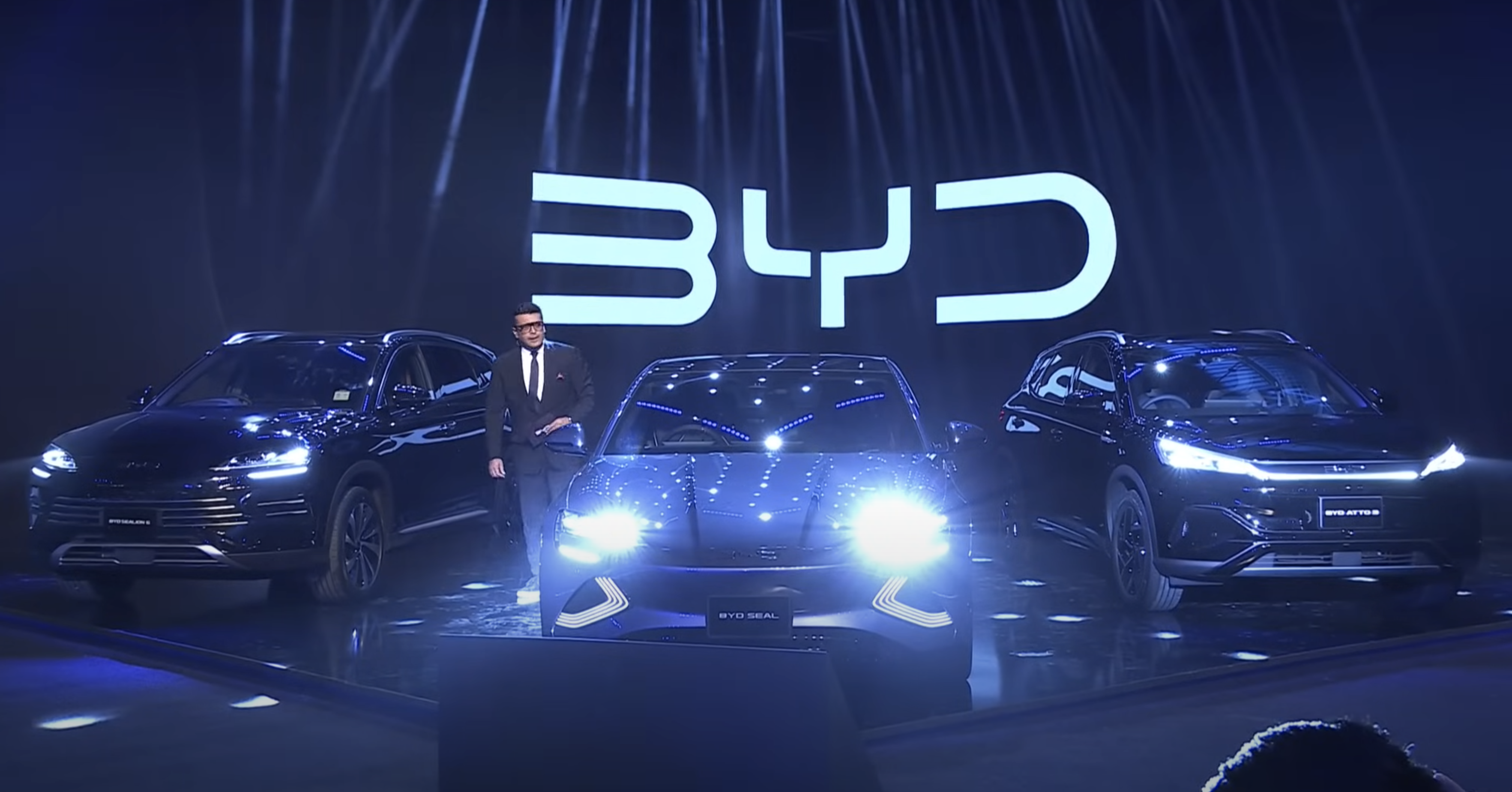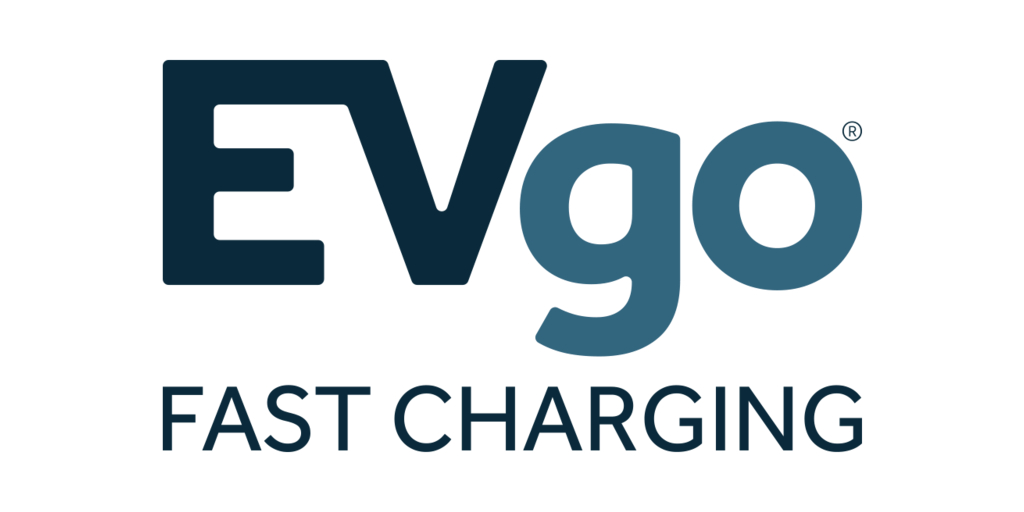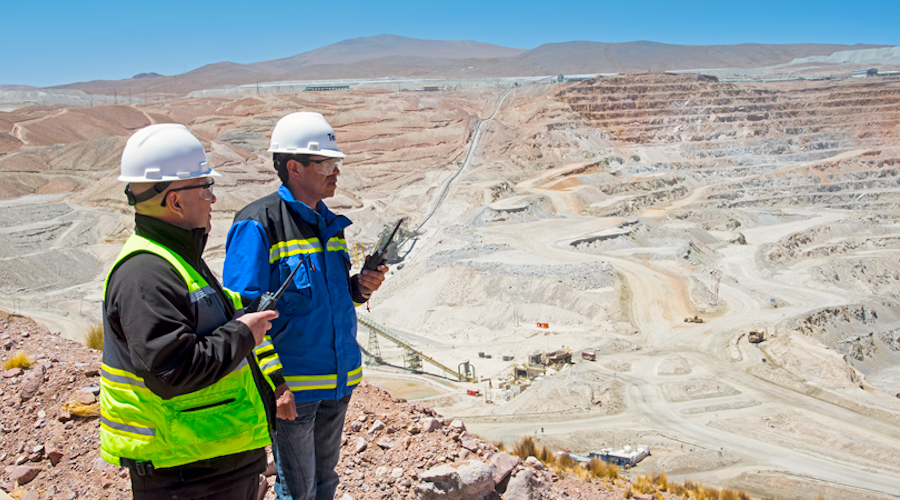Adapting Epiroc’s autonomous Pit Viper drill rigs to a multi-pass coal operation seemed like a tall ask at first, but the Swedish OEM silenced the critics.
One million isn’t always a big number in the mining industry. But in the case of a recent milestone for Epiroc and Thiess, it was a huge one.
The two companies recently celebrated a landmark moment at the Lake Vermont mine in Queensland, where Epiroc’s autonomous Pit Viper rigs drilled more than one million linear metres with no on-board operator.
This is an achievement that included many firsts.
While Epiroc was the first original equipment manufacturer (OEM) to bring a fully autonomous drill rig to the mining market, Thiess was the first mining services provider to deploy an Epiroc Pit Viper fitted with an autonomous drilling system. And no autonomous multi-pass drilling operation involving a mining services provider had ever achieved such metreage.
What started with one Pit Viper fitted with ADS in 2019 has since expanded to three drill rigs completing at least 22 hours of drilling per day, with the rigs remotely operated from the site’s office.
Just as significant was Epiroc’s and Thiess’ achievement in adapting the Pit Vipers from a single-pass iron ore environment to a multi-pass coal operation.
“When we drill in WA iron ore applications, we’re typically doing single pass with one drill in the ground,” Epiroc business line manager – drilling solutions Alex Grant told Australian Mining.
“For coal, we’ve got a carousel on the drill and we’re doing multi-rod drilling. So perhaps the biggest unknown was automating this process, where the autonomous drill picks multiple rods out of the carousel and adds them to the drill string before putting them down the hole.”
Epiroc’s autonomous Pit Vipers are drilling up to 50m depth to the top of the coal seams, navigating all sorts of overburden materials that come their way.
“The complexity of the drilling is really significant,” Epiroc regional manager – Brisbane and Mackay Daniel Kirwan told Australian Mining.
“You’re drilling down to the top of a coal seam and then blasting away all that waste overburden on top. That creates added complexity, as the ground at the top of your hole might be different from the ground at the bottom of your hole.”
As Epiroc and Thiess understood and overcame the challenges associated with adapting the autonomous Pit Vipers for a complex coal mining environment, the companies worked together closely to progressively advance the machine.

Grant said this involved not only perfecting the drill rig’s rod changing capability but also increasing the maintenance standards and sharpening operational planning and preparation.
“When you get into the technology, it was commonly recognised that machine maintenance needs to meet a much higher standard in autonomous drilling,” he said. “You also need to ensure the machine has better health.
“So there’s a bit of an education process for the customer to understand that they need higher maintenance levels, because if you don’t there will likely be more frequent problems with the drill.”
The terrain of a coal mine is also different to an iron ore operation, which meant Epiroc and Thiess had to smarten the autonomous Pit Vipers to ensure they could intelligently navigate the landscape.
“The terrain an autonomous drill can navigate is less of a grade than a manual setting for the simple reason that, when manually operated, someone can feel the slope and anticipate any coming speed bumps,” Grant said.
“If you’re on a slope and you go over a bump, it pushes the rig forward even further, so you have to be more conservative with the tramming angles. Then there’s a process change in ensuring the patterns are changed and prepared differently for the autonomous drill.”
When autonomy is added to a mining operation, Kirwan said, the base settings and maintenance parameters of a machine become “that much more important to maintain”.
The autonomous Pit Vipers not only had to be tailored to the specific operational requirements of Lake Vermont, but Thiess had to adapt its people processes to cater for the automated drills. This became more pronounced as the second and third Pit Vipers were introduced.
“Initially, the Lake Vermont autonomous drill project was about the technology and getting that working in the application,” Thiess group manager – autonomous services Trent Smith told Australian Mining. “Then we focused on the people and process so that autonomy could be integrated into the drilling operation.”
With a deeper understanding of the operational impacts, the team was able to identify opportunities to upskill its workforce and evolve the existing processes.
“We previously had a person on-board the machine completing manual activities, but that person is no longer there,” Smith said. “So how do we move the activity they did to a different area in the mining team?
“A good example is laying out blasthole pegs, which used to be done by the on-board driller. That was a fundamental change that we had to address.”

Smith said Thiess also had to find a new way of completing bit changes, as this was another task usually handled by an on-board operator. These alterations culminated in a new autonomous strategy, where drill inspections would be less frequent and more targeted.
“We introduced some new processes,” Smith said. “Each day our strategy is to stop the drill for one long stop and do a thorough mechanical pre-start inspection on certain zones to make sure we’re getting machine reliability.
“Then we’re targeting 22 to 23 hours a day of continuous operation.”
Smith said Thiess would never be able to achieve such extensive drilling hours at Lake Vermont if the rigs were manually operated, with human fatigue and other incidental factors affecting productivity.
Automation is leading to more metres drilled and a more efficient operation overall.
“The longer-term goal is to reduce the size of the drill fleet on a project and reduce the pressure on drilled metres,” Smith said. “If we can achieve more drilling in less time, there is less pressure on the downstream processes such as blasting and mining.
“What we see as the benefit right now is Epiroc’s autonomous Pit Vipers are more productive. That reduces our unit costs, but it also starts to reduce the pressure on the drill process in the overall mining schedule.”
Thiess partnered with Epiroc in 2019 to introduce autonomous drilling at Lake Vermont, choosing Epiroc because the Swedish OEM offered the most mature and advanced autonomous drilling solution at the time. And given the successes of Lake Vermont, it appears the collaboration is only just beginning.
“Where we want to go to with Epiroc is to start expanding our autonomous capabilities offshore,” Smith said. “We’re very much focused on the Americas and Indonesia, and how we take our experience to those markets.”
Smith has also not ruled out future collaborations between Thiess and Epiroc in WA, which is considered by many as “Epiroc heartland” given the OEM’s renown in providing machinery and services to the iron ore industry.
But the autonomous Pit Vipers have proven their capability beyond a single-pass iron ore environment, which means there are many more possibilities for Epiroc partnerships in new mines and new jurisdictions.
This feature appeared in the September 2023 issue of Australian Mining.




